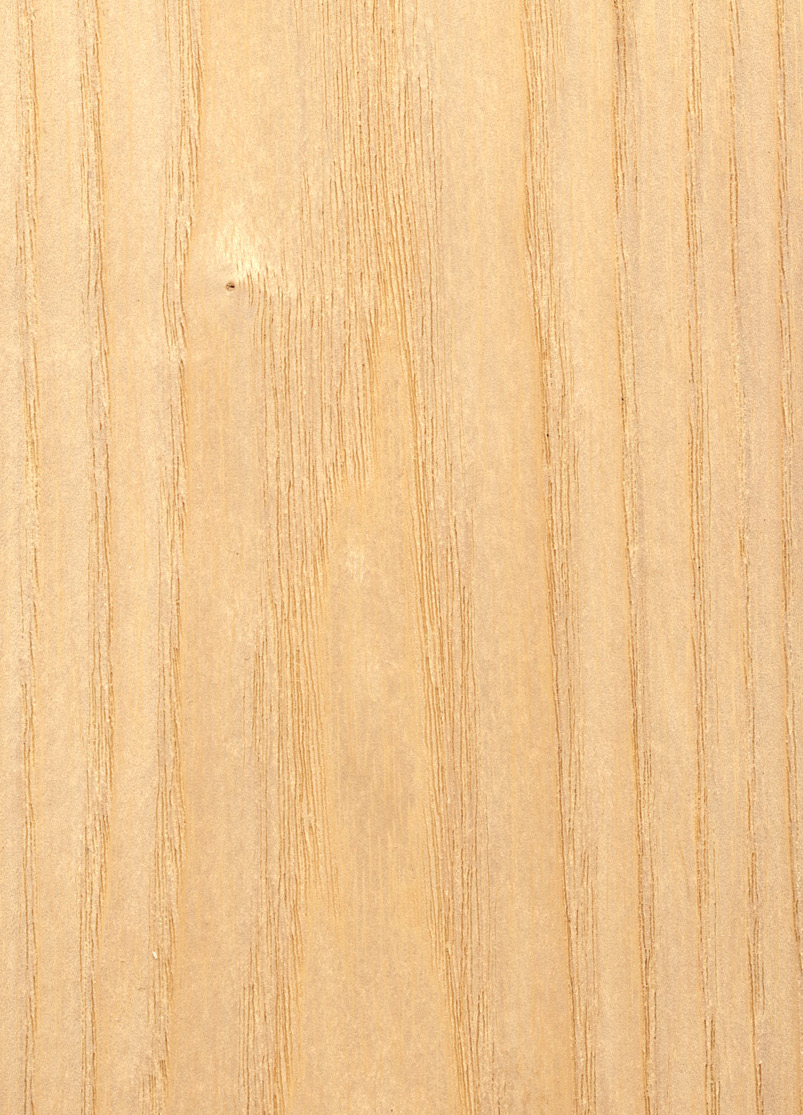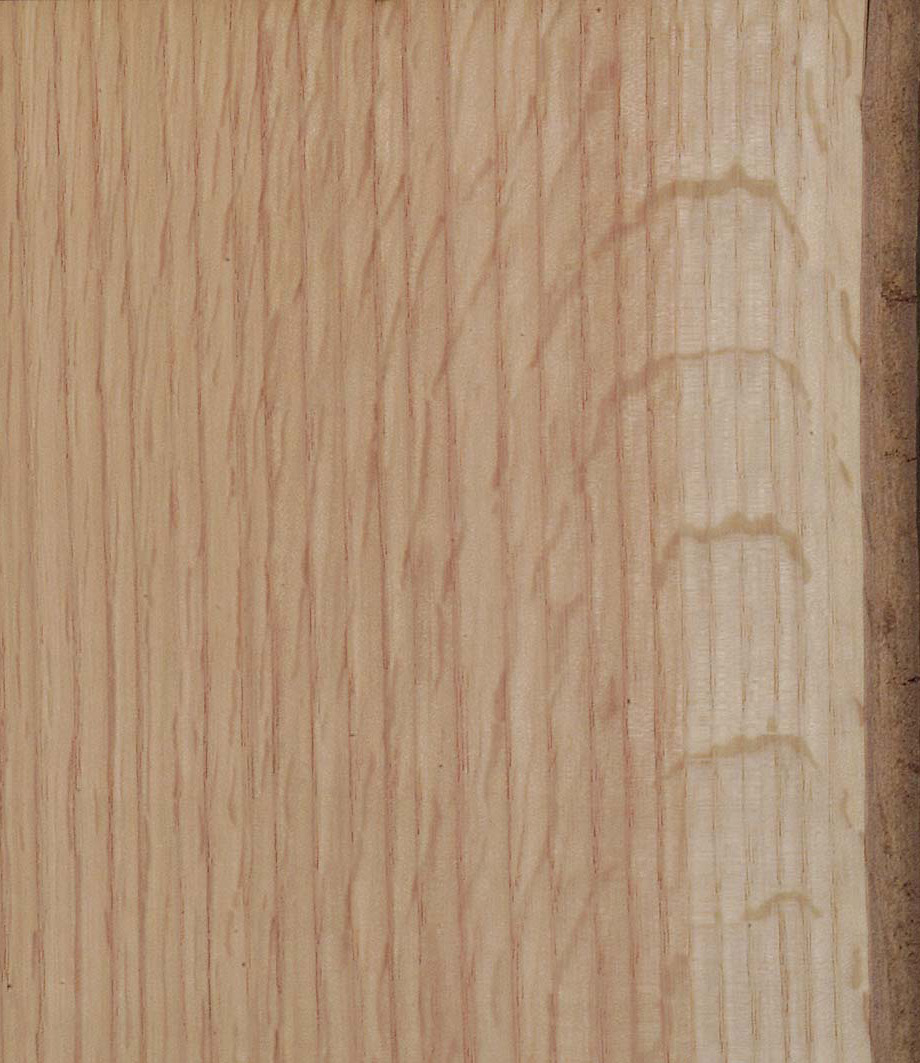ASH
Ash timber includes numerous kinds of woods, especially found in North America and Europe.
Description
| Botanical name: | Fraxinus excelsior |
| Overall character: | Highly structured, decorative hard wood with porous rings, a high elasticity and a variety of colors that range from off-white to olive to brown. |
| Color and structure: | Ash sapwood is white to yellow and very wide (up to 19 centimetres). The heartwood keeps the light yellow color of the splint. In old age, an optional color core can form. |
| Characteristics/features: | Natural durability of ash as well as its color core, is poor pursuant to DIN EN 350, which places it in durability class 5 because the core materials are not encrusted in the cell walls. |
| Areas of use: | Due to the low natural durability, this wood is mainly used indoors. |
| Sources: | https://www.holzvomfach.de |

















